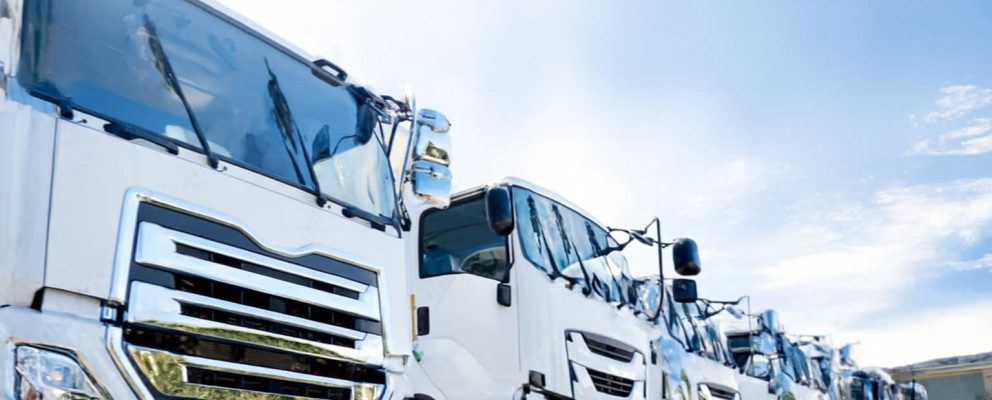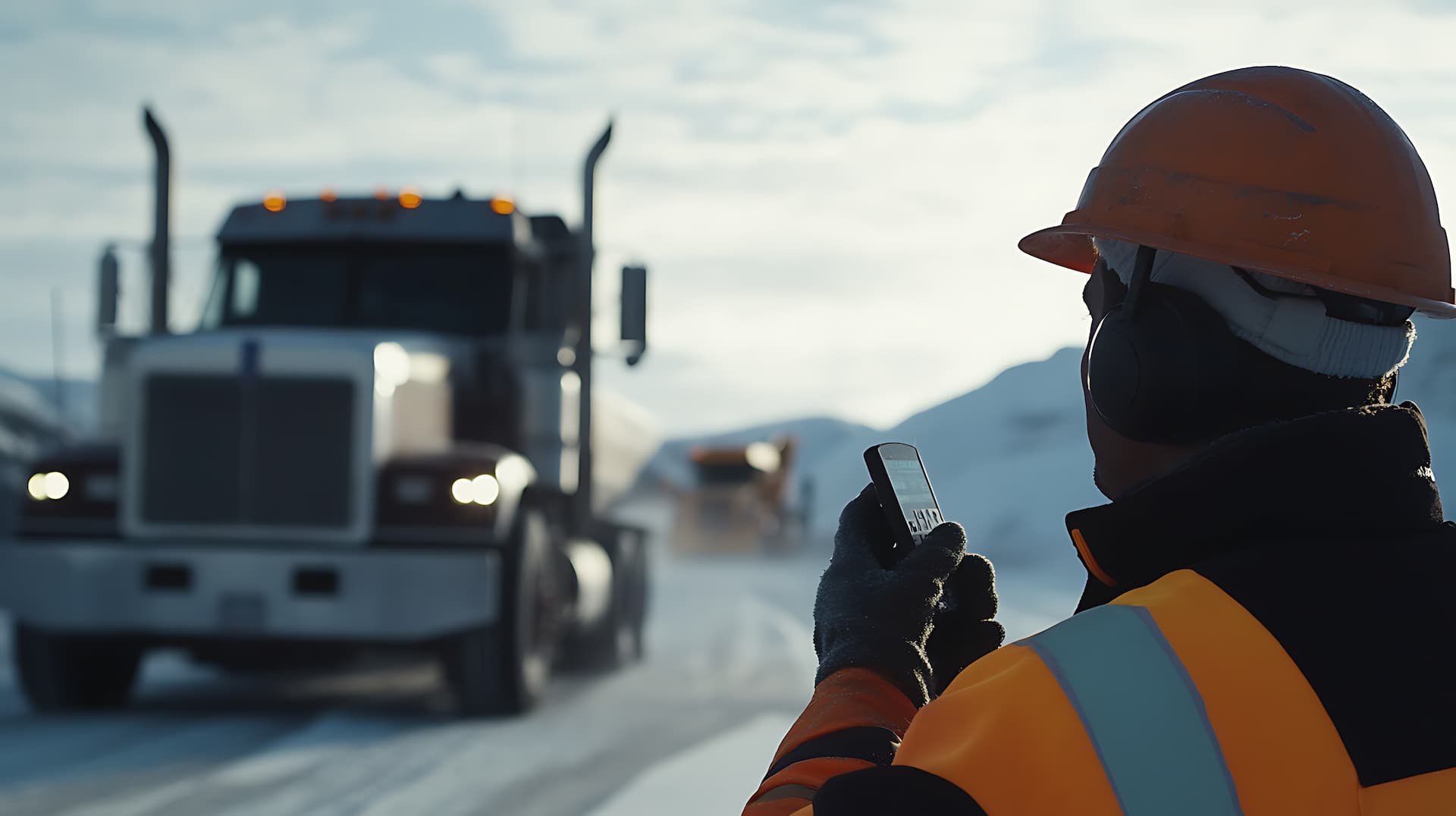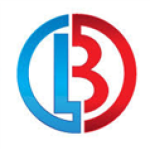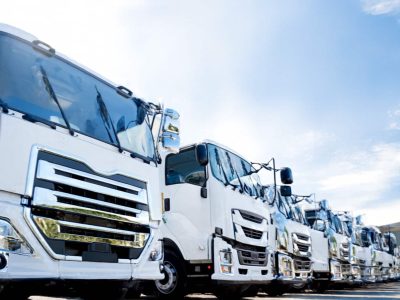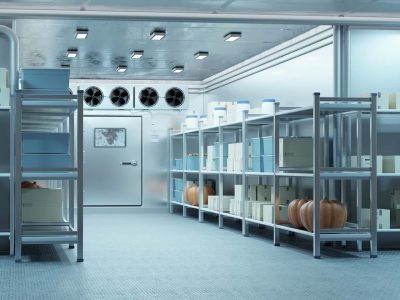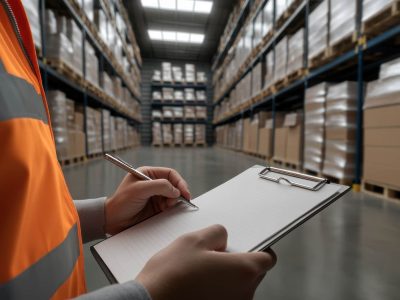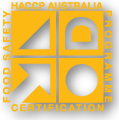Western Australia’s mining sector is unlike any other in the country, and moving freight to and from its sites requires a very different approach than standard transport. Long distances, remote terrain, oversized loads, and strict compliance frameworks all play a part in shaping how mining logistics in WA is managed.
While standard freight usually deals with palletised goods, metro deliveries, and predictable transit routes, mining logistics involves purpose-built equipment, rigorous site access protocols, and the ability to operate in some of the harshest and most isolated parts of the state. In this blog, we break down exactly how the two differ and what it takes to deliver reliable, compliant transport solutions for the mining industry.
Quick Summary of Key Differences
Before diving into the detail, here’s a quick overview of how mining logistics in WA differs from standard freight:
- Vehicle Types: Quad road trains, low loaders vs semi-trailers, B-doubles
- Load Characteristics: Bulk ores and heavy equipment vs palletised goods
- Delivery Locations: Remote mine sites vs warehouses, depots
- Compliance Requirements: OSOM permits, escorts, CoR, mine site inductions vs general freight regulations
- Environmental Impact: Cyclones, flooding, heat vs minimal environmental disruption
- Scheduling Constraints: Permit delays, empty returns vs predictable schedules
Remote Distances and Harsh Terrain
Standard freight typically moves between cities, ports, and industrial zones with well-established road access and nearby depots. In contrast, most mine sites in WA are located hundreds or even thousands of kilometres from Perth, with limited infrastructure and tough environmental conditions.
Transporting freight to these areas often means:
- Driving over 1,400 km to reach regions like the Pilbara or Goldfields
- Navigating sealed highways, unsealed haul roads, or dual-use mining corridors
- Planning for refuelling and lay-by staging in areas with minimal services
- Operating through desert heat, cyclonic seasons, and dust-prone environments
These challenges aren’t just geographical; they directly impact delivery windows, route planning, driver fatigue management, and asset wear. Mining freight providers must build these factors into every leg of the journey to ensure safety and reliability. If you’re unfamiliar with the fundamentals of mining logistics, our blog, What Is Mining Logistics? offers further insights. For standard delivery capabilities, compare our general Freight Transport services.
Specialised Vehicles and Oversize Requirements
Transporting mining freight isn’t simply about using bigger trucks—it requires an entirely different class of vehicles, load handling methods, and compliance procedures compared to standard freight.
Purpose-Built Configurations for Bulk Mining Loads
In general freight, common vehicle configurations are semi-trailers, B-doubles, or container carriers designed for palletised goods or consumer products along metro or regional routes.
Mining logistics, however, demands robust, specialised equipment:
- Triple and quad road trains designed specifically for high-volume ore haulage
- Side tippers for efficient load-outs at remote mine sites
- Low-loaders and float trailers to transport heavy machinery like drills, dozers, and plant components
- High-capacity trailers rated for off-road or mixed-terrain performance
These combinations can span up to 53.5 metres long and carry extreme payloads across challenging terrain.
OSOM and Escort Compliance in WA
Because of their size, mining logistics vehicles often fall under Oversize Overmass (OSOM) transport regulations governed by Main Roads WA. Unlike general freight vehicles, these oversized combinations must adhere to stringent movement controls:
- Any vehicle exceeding 22 metres in length or 3.5 metres in width requires a pilot or escort vehicle.
- Oversize convoys must maintain minimum 200-metre following distances.
- Movements are generally restricted to daylight hours only.
- Operators may need to prepare Traffic Guidance Schemes (TGS) or engage police escorts.
These regulations protect public road users and infrastructure but significantly influence planning and scheduling. Full details can be found in the Main Roads WA OSOM Requirements (PDF).
Site Access, Safety Protocols and Regulatory Compliance
Mining logistics requires entry into high-risk operational sites, introducing complexity that standard freight rarely encounters—from mandatory inductions to comprehensive legal compliance frameworks.
Mine Site Inductions and Operational Safety
Before a truck enters a mining operation, the driver must undergo site-specific safety inductions covering:
- Personal Protective Equipment (PPE)
- Radio communication protocols
- Restricted access zones
- Emergency evacuation and incident response training
- Pre-start vehicle checks including fire suppression readiness
These rigorous inductions ensure vehicle movements align with strict mine safety rules, significantly reducing incident risks.
Chain of Responsibility and Safety Management Systems
In mining logistics, transport companies and clients must comply with Chain of Responsibility (CoR) laws, applicable to everyone in the logistics chain, including schedulers, consignors, loaders, and fleet managers.
Under CoR, all parties must actively prevent breaches relating to mass limits, driver fatigue, speed, and vehicle condition. Additionally, the National Heavy Vehicle Regulator (NHVR) encourages implementing Safety Management Systems (SMS)—formalised processes for hazard identification, risk management, and incident reviews—as best practice in mining transport. Explore more in the NHVR – CoR and SMS Guide (PDF).
Environmental and Seasonal Pressures
WA’s environment adds complexity rarely faced in standard freight. Mining logistics must account for:
- Cyclones causing extensive delivery delays
- Flooded roads during wet seasons, particularly in northern regions
- Extreme heat requiring heat-rated tyres, regular coolant checks, and adjusted driving schedules
To manage these seasonal risks, mining operations frequently stockpile essential supplies, necessitating logistics providers who can offer flexible, resilient services.
Why Mining Freight Costs and Schedules Differ
Mining logistics involves higher planning complexity, fewer backhaul opportunities, and stricter operational windows than standard freight. Key differences include:
- Empty return legs, as backhauls from isolated mine sites are uncommon
- Delays obtaining OSOM permits and escort availability
- Restricted daylight-only operating hours for oversize loads
These factors directly influence scheduling flexibility and operational costs.
Partner With a Trusted Mining Logistics Provider
Mining logistics isn’t something you can leave to chance—it demands expertise, specialised equipment, and deep local knowledge.
Bossna Logistics is your trusted mining logistics partner. Our Perth-based team understands WA’s unique transport demands and offers tailored, reliable solutions to keep your operation moving smoothly. From ore haulage and heavy equipment transport to remote site mobilisation, we deliver trusted and hassle-free logistics solutions.
Learn more about our dedicated Mining Logistics WA services and how we can support your next mining project.

